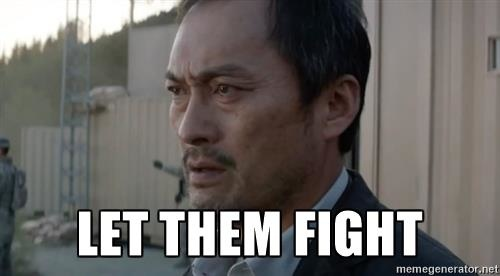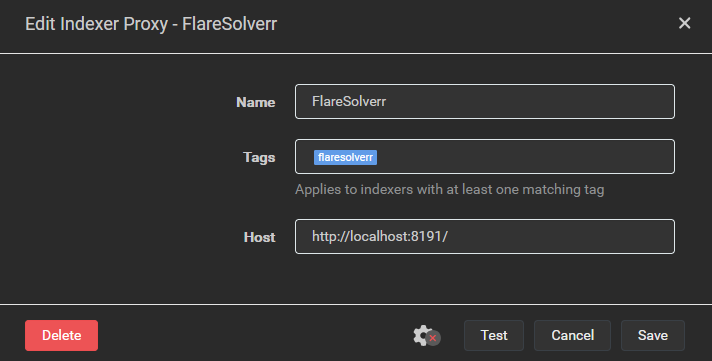There are lots of wild foods that are poisonous, but that didn’t stop our ancestors from figuring out ways to make them edible. In the case of bitter almonds I can find a reference to baking and boiling being effective methods of reducing cyanide content. Cold leaching might also work but it would take a lot more time.
I have to imagine that dire necessity was a catalyst for these discoveries. I’m guessing the thought process was more like “These are bitter as shit and they killed Bill, but we’re gonna starve to death if we don’t find some food, so let me try boiling these to see if the bitter goes away.”


















You can find elements of that in earlier 90s industrial, like Nine Inch Nails and Marilyn Manson. Bowie collaborated with Trent Reznor of Nine Inch Nails on the Outside Tour, which supported Bowie’s prior album Outside, before the release of Earthling. They also collaborated on remixes of I’m Afraid of Americans. You can probably also find some elements Earthling’s sound in earlier drum and bass, techno and jungle music.
Skrillex’ influences include 90s industrial acts like Nine Inch Nails and Marilyn Manson, plus 90s electronica acts like Aphex Twin and Squarepusher. Bowie’s Earthling reminds you of Skrillex because the two share many musical roots.